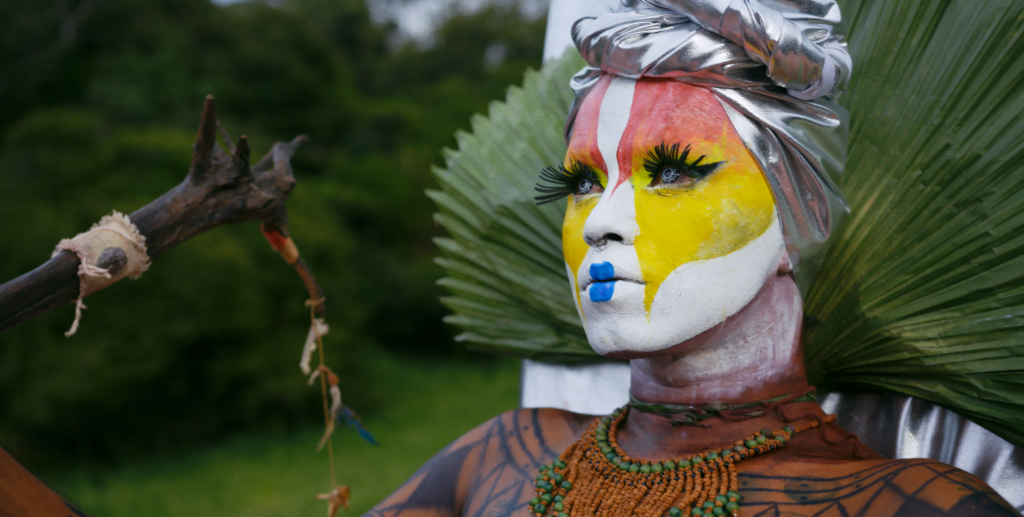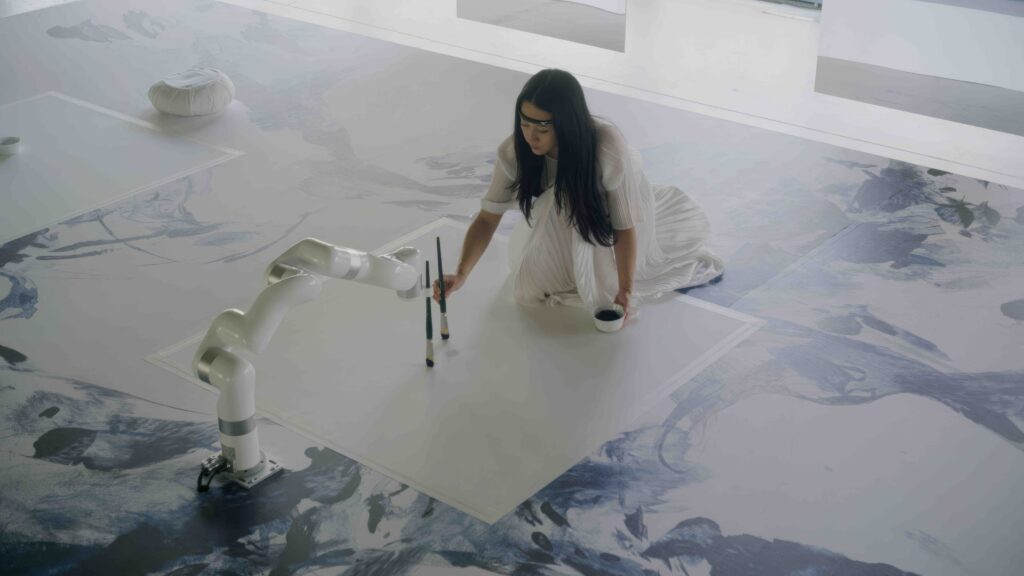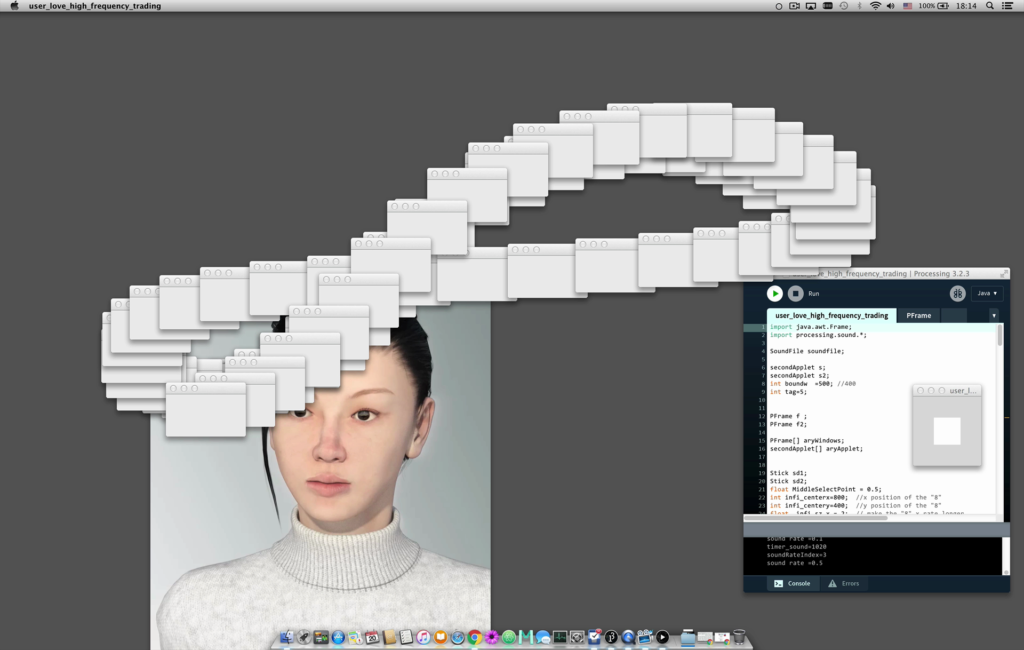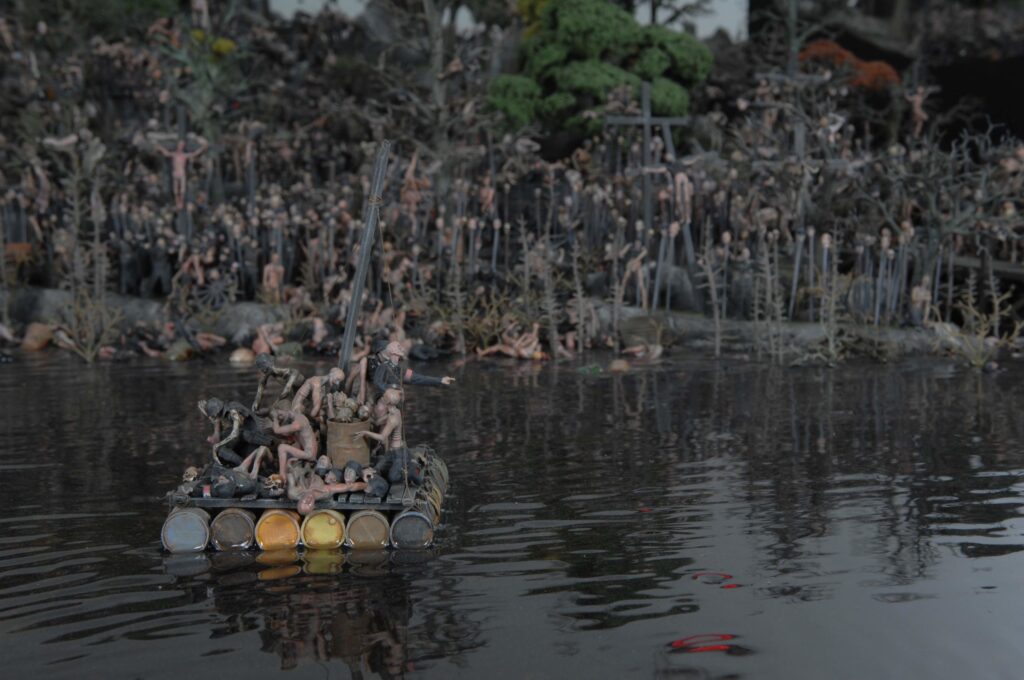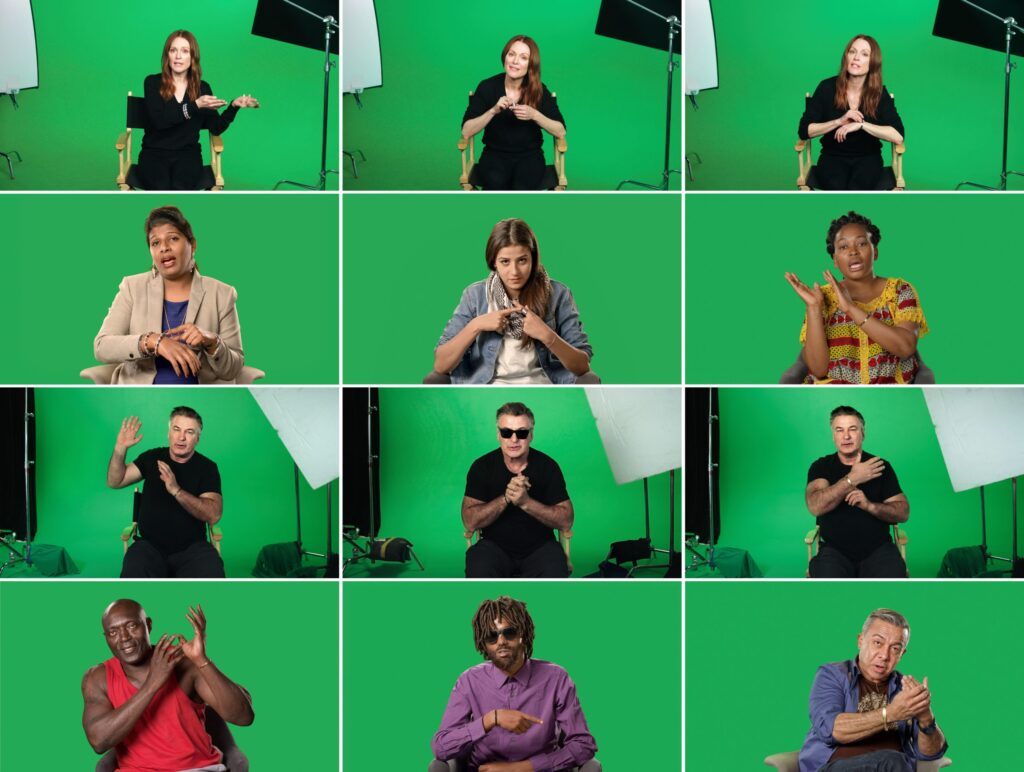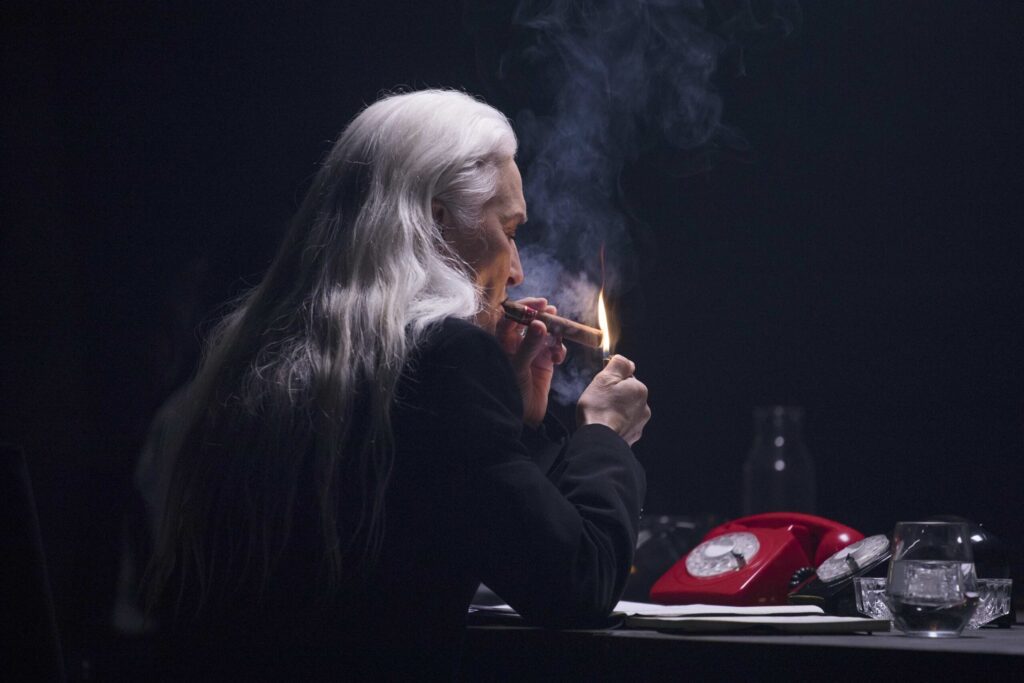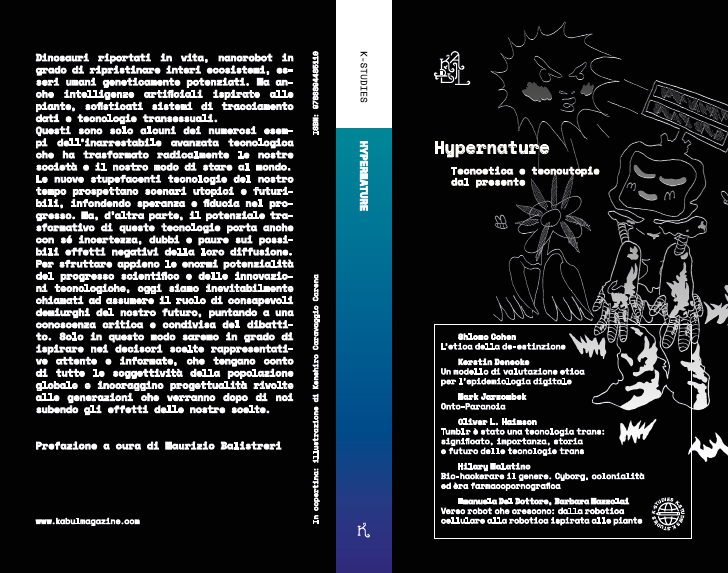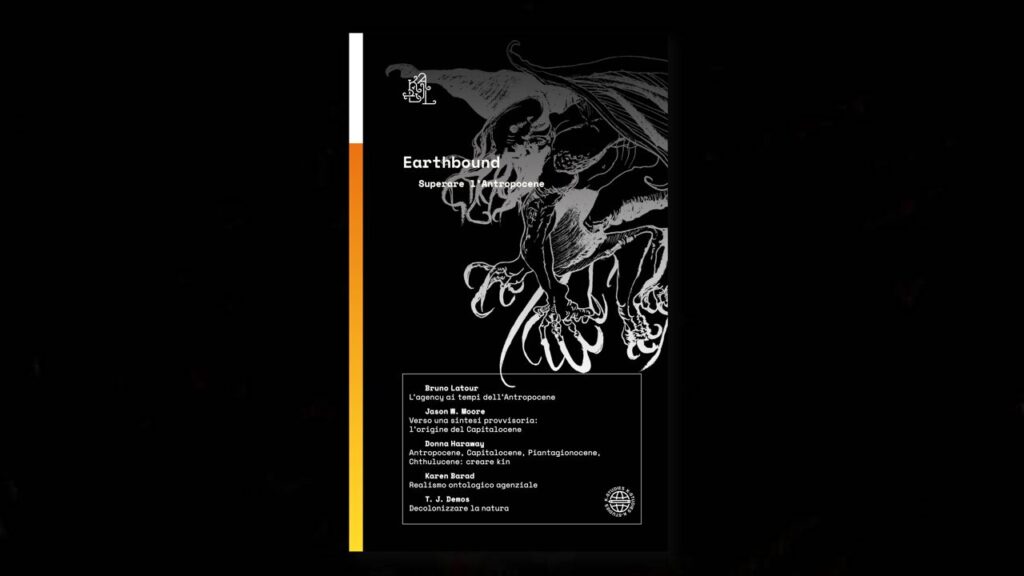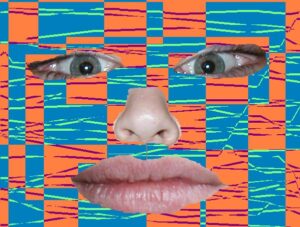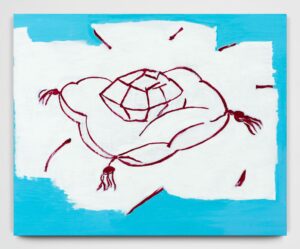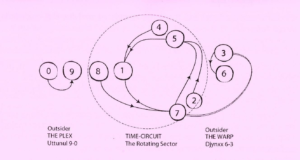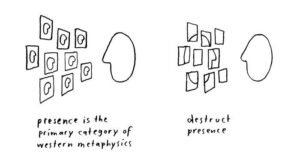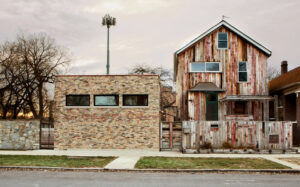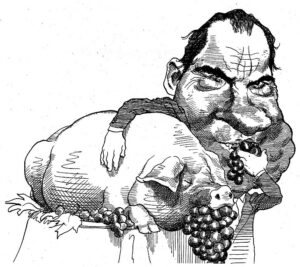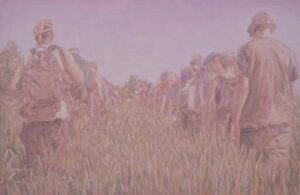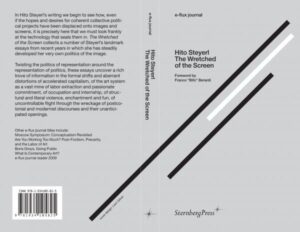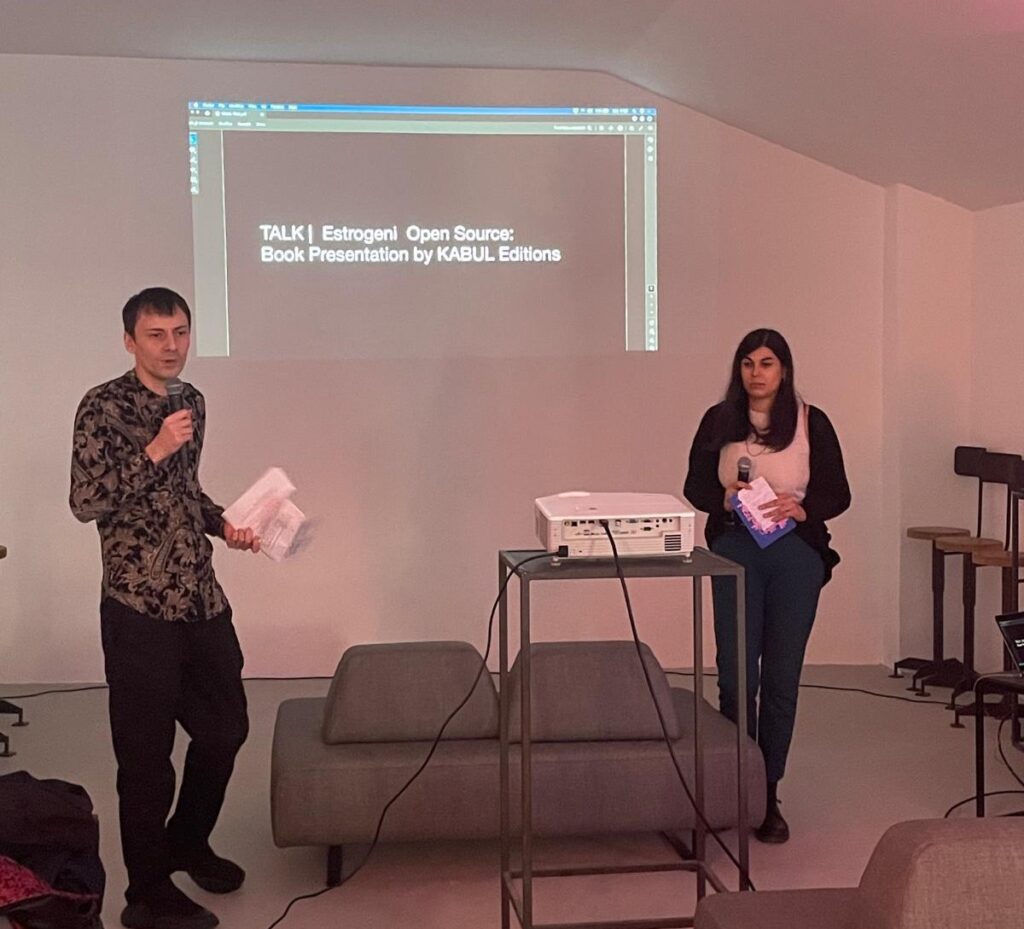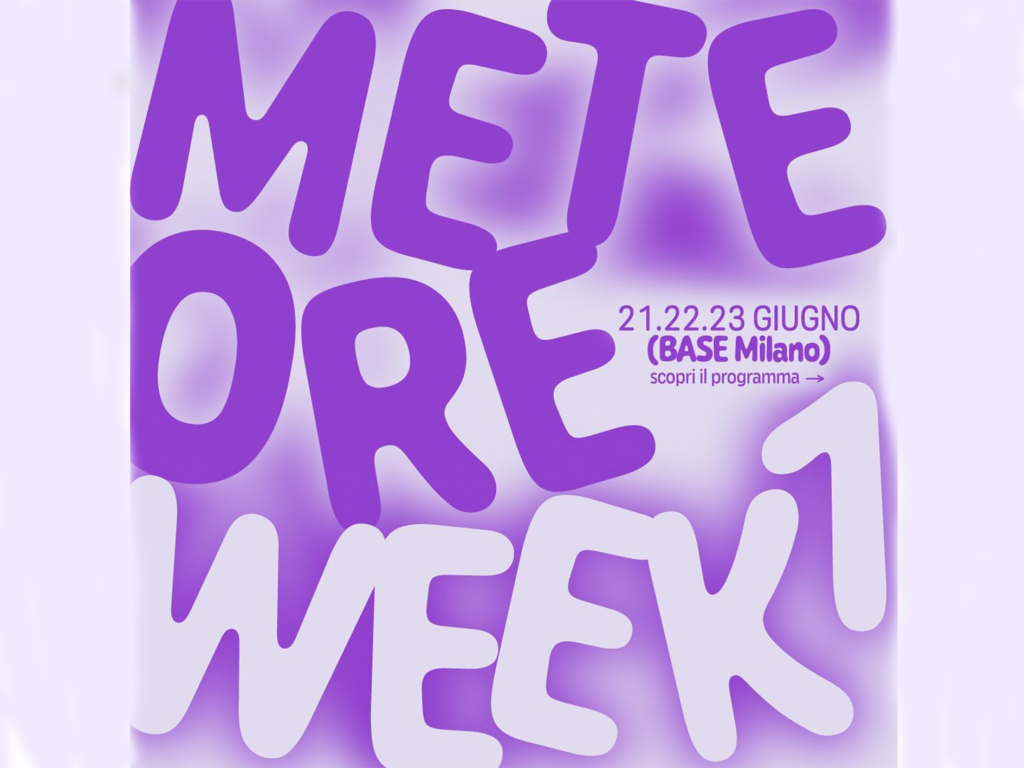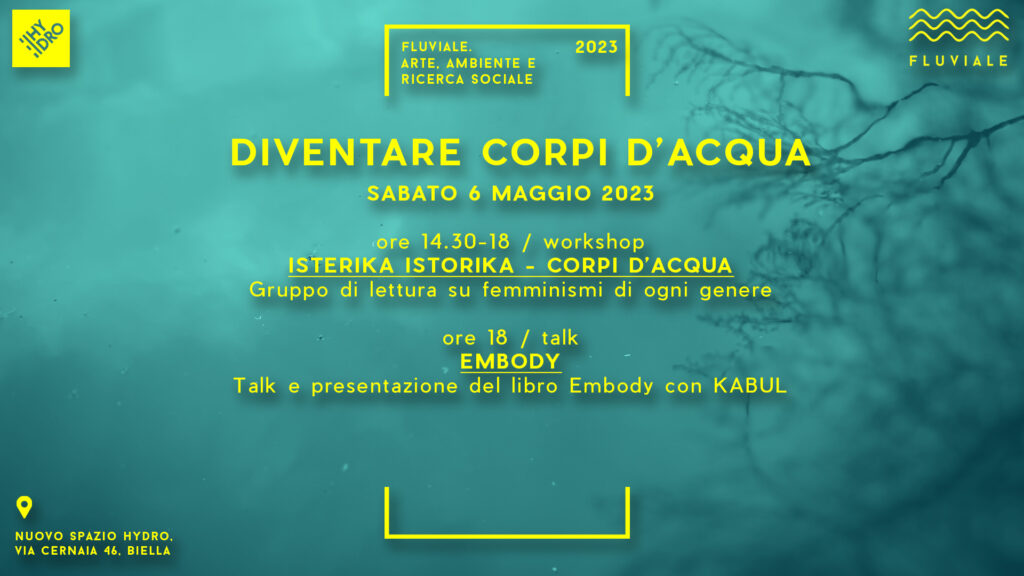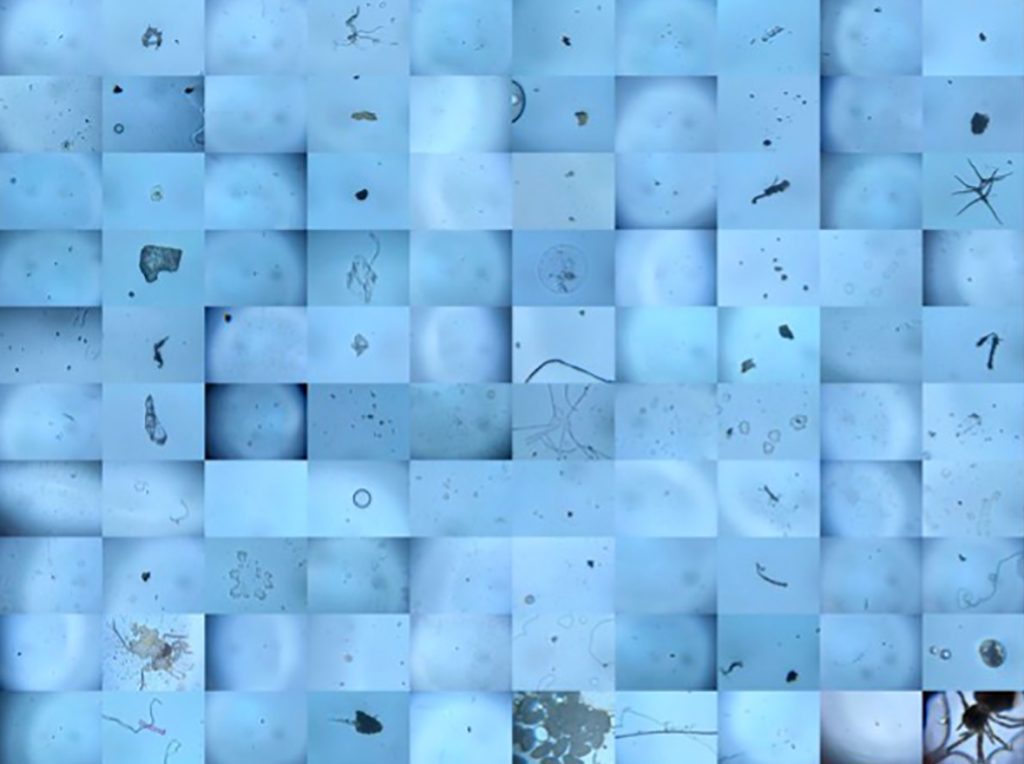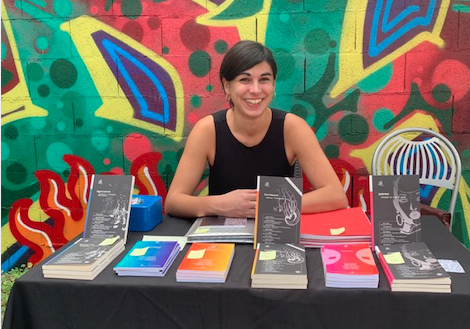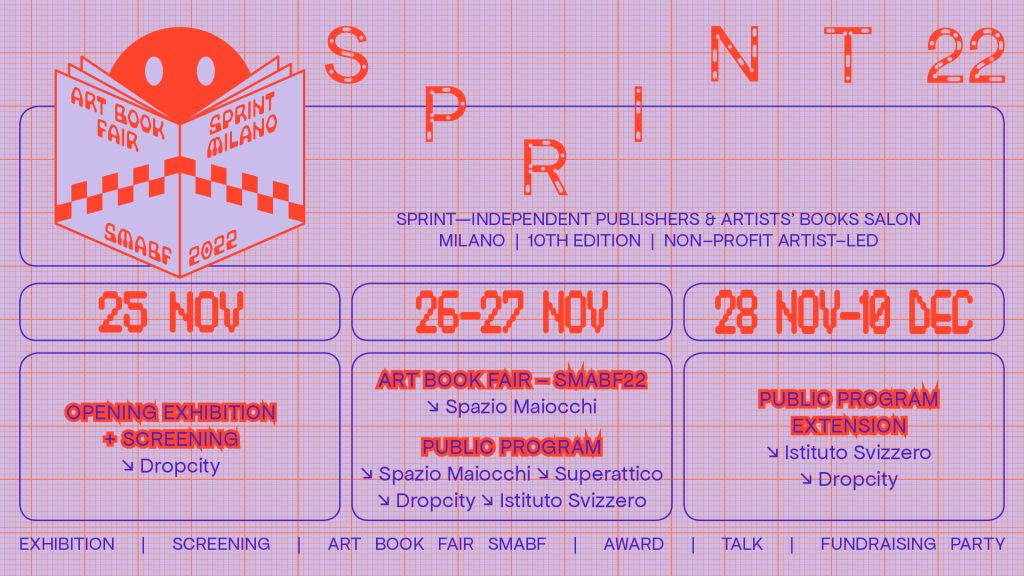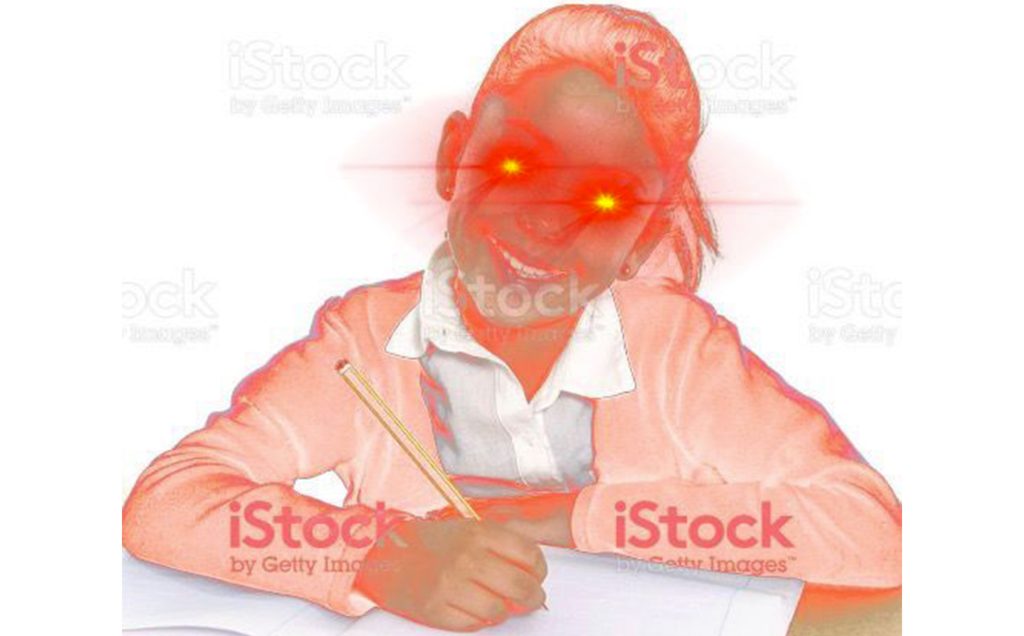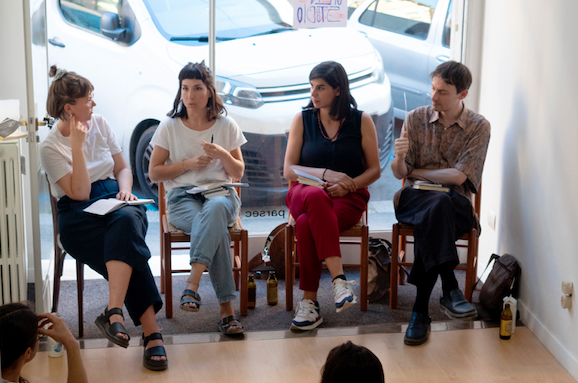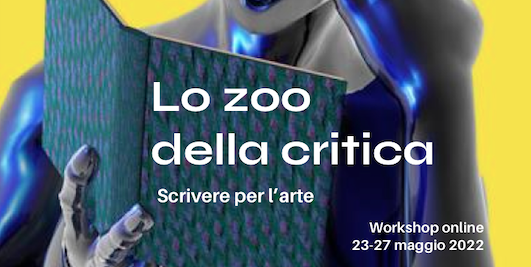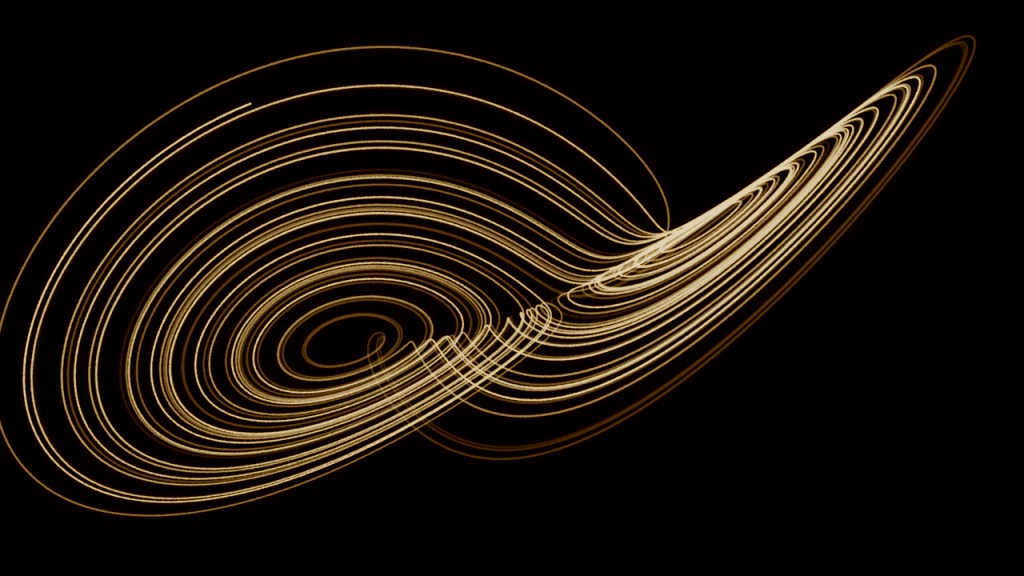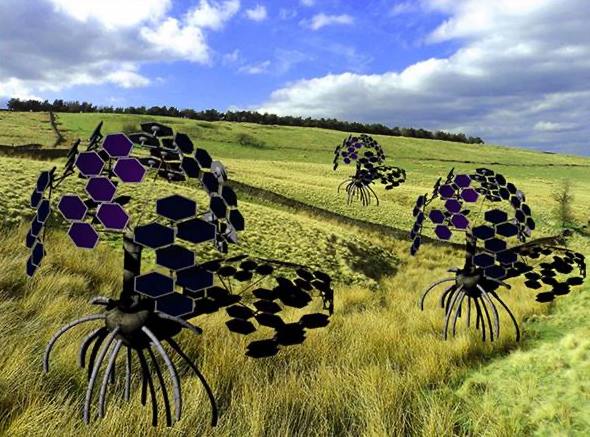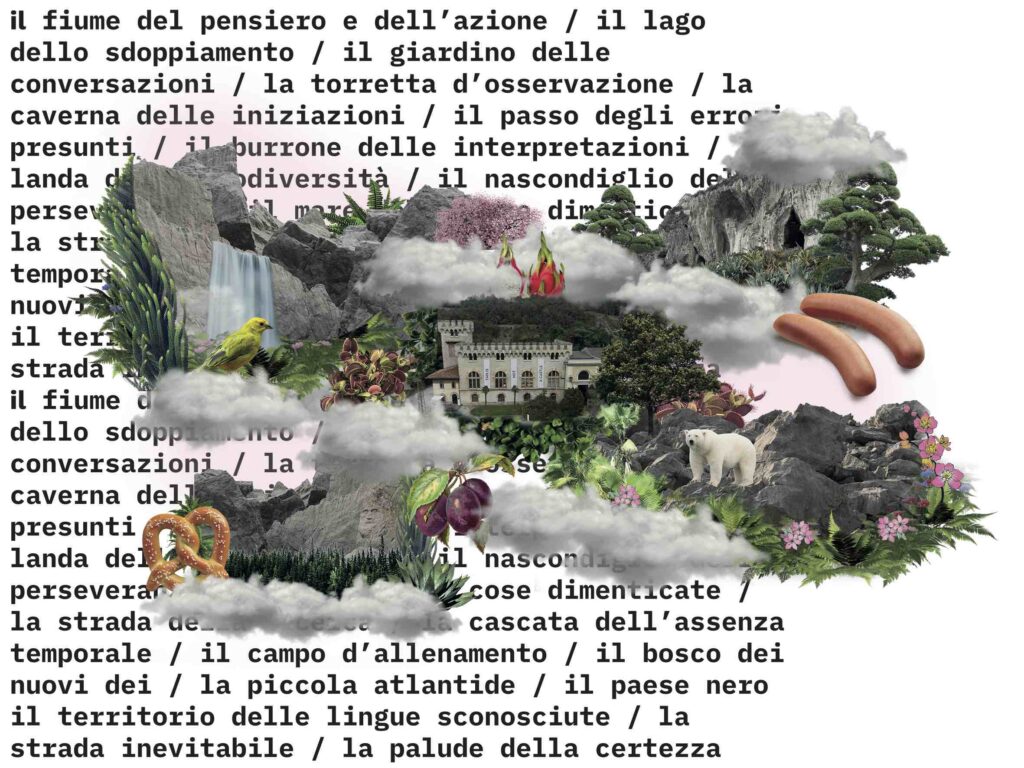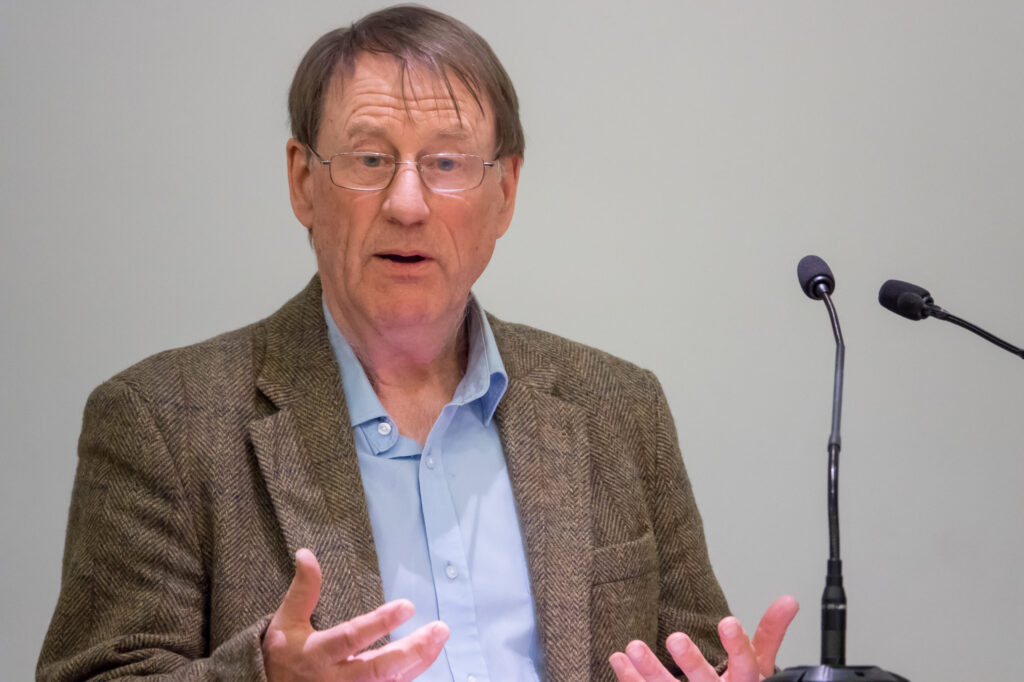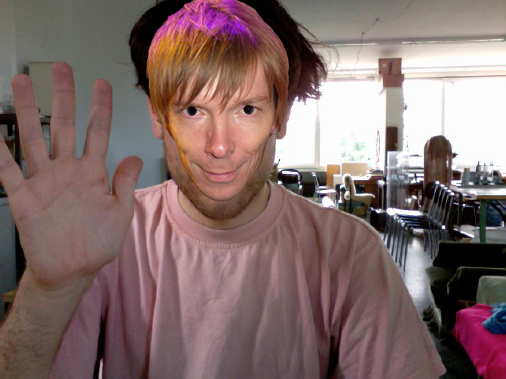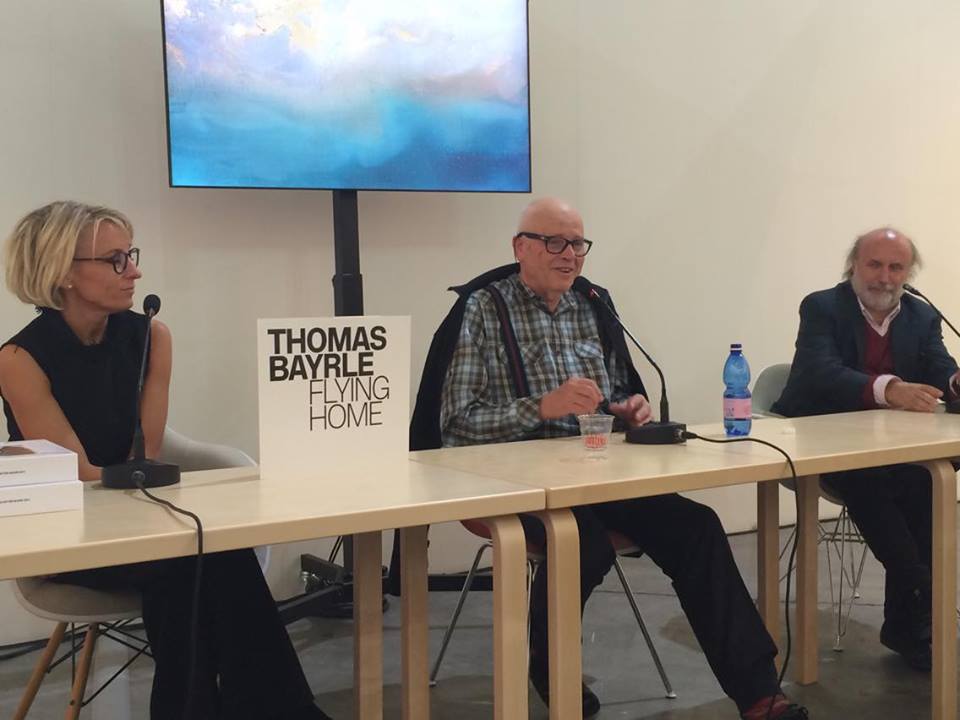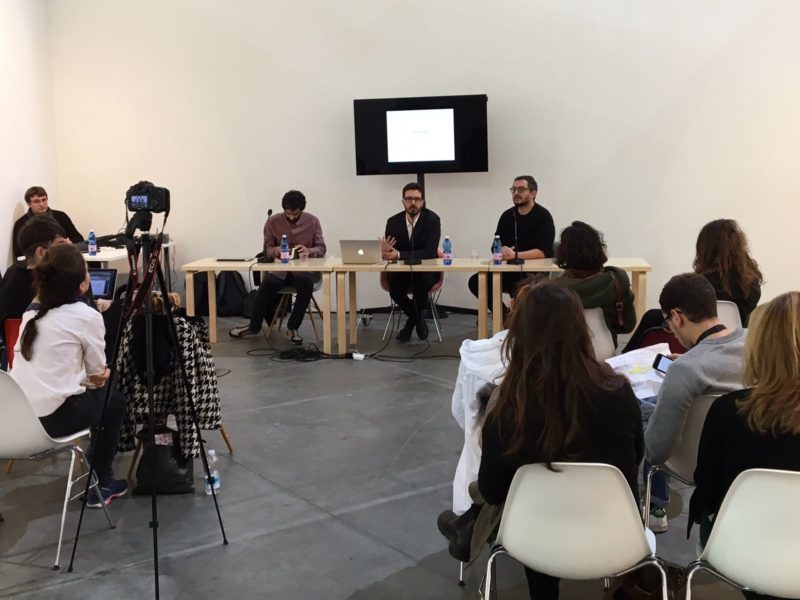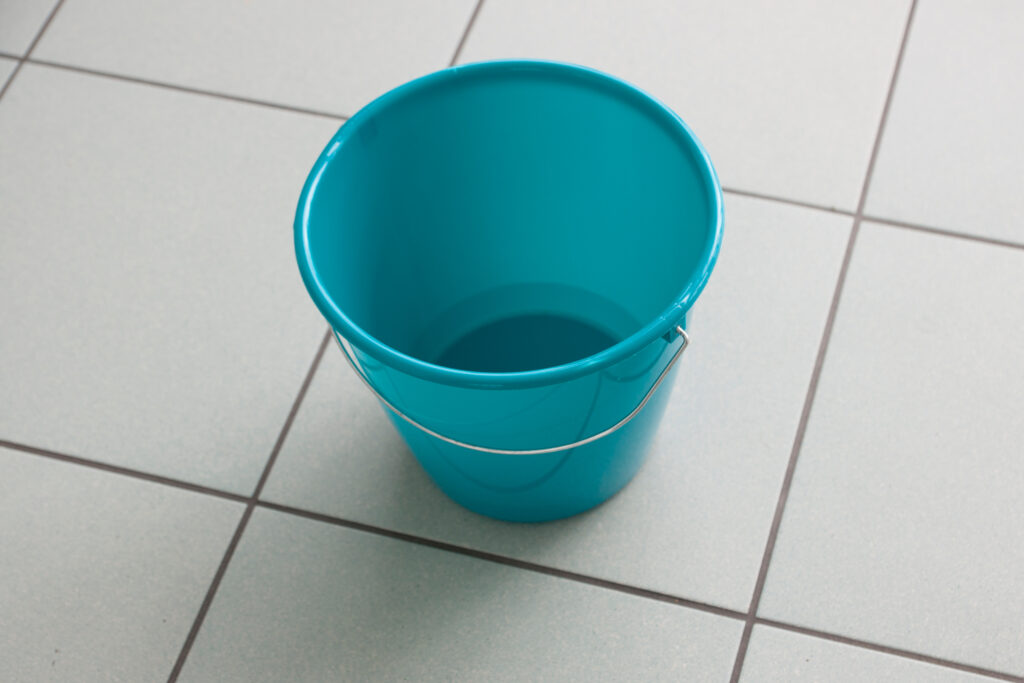 Pino Boresta – Tabella Oreste – Paliano – courtesy Giancarlo Norese.
Pino Boresta – Tabella Oreste – Paliano – courtesy Giancarlo Norese.
With this article, I would like to tell and re-read the participation of Oreste at the Venice Biennale in 1999 and the context within which this participation was articulated, i.e. the exhibition dAPERTutto by Harald Szeemann.
It may be useful to focus on this experience because Oreste’s project reflects a specific moment in the evolution of Western thought and culture in the Nineties, a moment that triggered irreversible changes especially in the dynamics of communication, negotiation of knowledge and interaction between people. Changes that were accelerated since the beginning of the season of technological innovation, already begun in the ’80s and that in the following decade has had an unexpected momentum (with the PC first, and later with the Internet).
The title of this presentation is the first thing that binds me to Oreste. It is a question I often ask myself when I try to define my professional objectives, and from here began my research.
How to explain to my mother that what I do is good for something? Communication, everyday life, subjectivity. A conference on new artistic research in Italy is the title of a meeting that was held at the ‘Link’ of Bologna from 31 October to 2 November 1997 and constitutes one of the first events organized by Oreste. During the conference, edited by Salvatore Falci, Eva Marisaldi, Giancarlo Norese, Cesare Pietroiusti, Anteo Radovan, Cesare Viel and Luca Vitone, we discussed the impact that technological innovation was having on the evolution of communication dynamics, on everyday life and subjectivity, and how these changes are then reflected in artistic practice. At the conference, they intervened mainly artists, presenting their own research and their own work. The activities were collective or organized into working groups, so that the sharing of ideas could bring forth new collaborations.
In an interview, Pietroiusti, speaking of the conference, expresses himself in this way: «I had not made some definite ideas on what to bet, of course (there was) a willingness to verify the existence and soundness of somehow a network of relationships between persons. Among people who are willing to work together, to put at stake their own ideas, their own time».
«Oreste is nobody. It is not a group that produces collective works, is not a trade union claiming recognition, it is not a cultural association. For now it is a variable set of people, mostly Italian artists» (Oreste at Biennale, Booklet, 1999).
The ‘negative dialectic’ as used in this last phrase to describe Oreste reveals probably the easiest and most effective way to grasp the nature of the project and the context in which it developed.
The Oreste group was active from 1997 to 2001. Years during which were organized in addition to the Bologna conference and other initiatives, two significant meetings in the summers of 1997 and 1998, in the municipal guesthouse of Paliano.
These meetings, closer to the idea of summer vacation than to that of an artist residence, had the goal of creating a specific time and space for sharing and exchange. The aim of these stays in Paliano was not producing collective works or exhibitions, but to create opportunities for meetings between artists and cultural operators, elaborating thereby projects «to be developed later in the meeting, in order to establish a communication and operational network inside which to be able to move in the future». Oreste, with these meetings, acted as a sharing platform where they met groups of artists, who had the same interests. The experiences of Paliano could be defined as a forum in mid-model between the idea of a Roman forum and the internet-forum, but in the form of ‘summer camp for artists’.
Oreste was born in an emergency context linked to a specific time of the Italian art system, which was affected by ancestral problems that still exist, such as the crisis of the art market and the little impact of public institutions on the reality and on the territory. The group put at the centre the just born neologism ‘network’ which today is the cornerstone of every debate in the art world, with the aim (or hope) to «create a new template system».
The crucial year in the life of Oreste was definitely the 1999, with participation in the 48th Venice Biennale curated by Harald Szeemann.
In a testimony of Agnes Kohlmeyer, at the time assistant of Szeemann for the Biennale, we learn that the interest of the Swiss curator for Oreste has gradually grown during the period of studio visits, thanks to which he realized that the adherence to the group by many Italian artists constituted an alternative national network able to meet, in a sense, the absence of public institutions in the country. It was an autonomous Network, who believed in the potential of the relations and worked mainly by energy generator, creating initiatives, new possibilities and opportunities. Szeemann himself says: «I have not decided immediately, but after some reflection I wrote to Cesare Pietroiusti that Oreste represented for me a part of openness that I wanted to get for this Biennale» (H. Szeemann, Oreste at Biennale, 1999). Szeemann also continues claiming that Oreste «offered to the Biennale a positive core of anxiety».
To reconstruct as closely as possible what happened, it was fundamental to gather some testimonies. From the brief exchange of e-mails with Giancarlo Norese and Cesare Pietroiusti, two of the most active artists involved in the project, I tried to understand first of all what were the objectives of Oreste at the Biennale and what had pushed Harald Szeemann to include it in its scheme. The evidence showed that the overall aim of Oreste was to provide an opportunity for visibility and exchange for collectives and initiatives with some affinity, and to create a network of knowledge from which to give birth to collaborations independent both from the laws of the market and from those of the ‘masterpiece’.
These objectives, like the same birth of Oreste, arose from a perception that I would call ‘neo-positivist’ of the possibilities that were opening up in those years. When asked what were the stimuli led to the formation of Oreste and why the project was so oriented in the promotion of relations, dialogues and meetings between artists and cultural workers in the broad sense, Pietroiusti replies: «I think that all this enthusiasm stemmed from the perception of the potential of e-mail as generating contacts, and Internet as a generator of knowledge (1999, year of dAPERTutto, is the year in which it begins to work the Google search engine). The idea of putting together these capabilities with an invitation to the Biennale (event that has always been perceived as ‘legendary’ by the artists) it seemed to generate extraordinary prospects».
The participation in the Biennale by Oreste declined in an intense program (a series of meetings, performances, discussions, lectures, informal lunches and meetings) diluted in 5 months of the event opening (13/06/1999 – 06/11/1999), in Hall A of the Main Pavilion and in the adjacent terrace. Space was set up with tables, chairs and documentation material of previous projects. In this way it was built a kind of decompression space with respect to the traditional rhythms of the show, all this functional to the programme of Oreste. All initiatives and events are reported in the online booklet.
Among the many activities promoted, one should remember:
– Nice, Picasso! Conference of independent organizations of the north, central and southern Italy;
– Presentations of parallel projects, like Oreste 2, Out of the Blue and Bacinonapoli;
– The conference Fanzine, magazines produced by international artists and aperiodic publications;
– Public Art. European projects and experiences, meeting coordinated by a.titolo;
– The presentation of the project Arte a tutto vapore, coordinated by Laura Palmieri, which was attended by artists, architects and sailors, including Caroline Bachmann, Stefano Boeri and Francesco Careri (Stalker).
As one can see from the photographs of documentation, Oreste stood in the space of exhibition, in the specific space between the works of William Kentridge, Katarina Fritsch and Sarah Sze. The project’s artists transformed the portion of the exhibition space assigned to them in a living space that could, in a sense, «multiply for one hundred the received invitation» (to use the words of Pietroiusti), a space where to make something occur that was not a performance or a happening. The Oreste space within dAPERTutto was again a ‘forum’, a square, a ‘real-chat room’ that inserted the audience of the Bienniale in a relational process able to generate new initiatives by suggesting an alternative direction to the system. Perhaps the will of Oreste was precisely to create an open-source system for generating projects, anticipating in a sense the social networks.
That of ‘positive spaces of anxiety’, i.e. open spaces – such as Oreste at Biennale – thank to which one constantly generates reality and adds meaning to the experience of the visitor, has now become a central issue in large-scale exhibitions and in the poetics of many curators. Think of the platforms of dOCUMENTA11, the lectures organized at Kabul and in the residences for writers in the Chinese restaurant ‘Dschingis Khan’ during dOCUMENTA13, of Utopia Station by Nesbit, Obrist and Tiravanija during the Venice Biennale of 2003, and of the space ARENA at the last Italian Biennale curated by Okwui Enwezor. All these initiatives have had in common the peculiarity of manipulating (or hacking) the format of this type of exhibitions and expand it by exploiting the potential catalyst of people and interests. Over the years similar curatorial choices have gradually changed the meaning of such exhibitions, which from being classic-event, in which attention was focused on the content, on the list of the invited artists and their individual works, have now become the exhibitions in which it is fundamental, first of all, to be there personally, to share circumscribed tangible experiences at that specific time and space. An interesting, though small, crack, created to escape, at least a little, the state of siege of system rules, the art market and the financialization of the works.
The curatorial choices of Szeemann and dAPERTutto text in the order of its self-realizations show how this exhibition, in addition to contrast and criticize from within the institution of Biennale, is a testimony of the developments and changes of the last twenty years of 1900, which currently still have different echo in the debate on artistic production, on museology and curatorial practice. In the structure of the exhibition and in the choice of artists like James Lee Byars, Douglas Gordon, Gino De Dominicis, Dominique Gonzalez-Foerster, Pierre Huyghe and Philippe Parreno, we find many links to some fundamental issues in those years, issues that still find a space of discussion: the study of complex systems, Weak Thought (the presence of a strong role of the ‘subject’, both at the ethical level and at that of knowledge or the combination being-truth) and Relational Aesthetics (the first publication of Bourriaud’s text dates back to 1998).
The participation of Oreste in Biennale is a case study able to witness the manner of receiving anthropological changes started 17 years ago and that today, in complete transformation, imposed themselves to the generation of millennials as a daily reality. In fact, the ecological policy, the sharing economy, the information architecture, the relationship globalization/glocalization, the different forms of social resilience, the critique of the idea of periphery and minority are born at this time of the millennium (a little optimistic, a bit apocalyptic). This, scaled to the art system, has raised new research directions: we think of the idea of ‘decolonization’, organization of collections and museum exhibitions, the hybridization as a paradigm, the problem of economic sustainability of museums (feasible through an operation of building a strong identity character), the institution-public relation, the debate on the Art Biennials system (or more generally of the major global events) and their opposites (the proliferation of small independent fairs).
All this does not suffice to explain exhaustively what they were. To add something to the spectrum of the Oreste meanings and the Biennale of 1999, I think it is useful to conclude reporting the words used by Szeemann to talk about the exhibition:
«It is sound is provocative picture is litany is oracle is threatening solidarity is an existential-syncopated is double strategy is engagement is playful East is eclipses and ceremony is impulse in the color matter is self-help in the group is opulent and filigrane, sublime ornament is demolition of heroes is sculpture of mass media is cannibal and distorted is the numinous is giant head is Western beauty in Zen is ‘last days’ and transience is comical and serious is Sumerian today is painting as a life expression is scratching as new iconography is concentrated figure is silence is behind the monochromatic is shared intelligence is anarchist is self-mutilating is design-conquest is Mandala and fairy tale is duped propaganda is Asian group with individual is relating with the family is to find forms is phoning at times is again another saint is destruction and salvation is dealing with a species in danger of extinction is explicit solidarity is China’s performance is body and gravity is the border of pain is denudation is roasting is embroidered eroticism is breakdance as a way out is mourning is the prosecution and suffering is festive and active is counterfeiting and legacy is self-preservation and curiosity is suffering on the medium is lounge and family is sending the apostles is ‘all Venetian’ is splash! is walking on the rope is eternal heart and fleeting love is silkworm in action is atelier of the future is capital there is capital here is hybrid behavior is a protest against the macho of all sorts is a recollection of the retreat is poetry of the building is the opposite of starmuseum is domain transparency is a tribute to the ‘Sisters in the Sky’ is suspend and reverse is the transition from child to man is doubling nomadic poetry is cyborg is global arrogance and national awakening is sublimation of flogging is baby powder is a profusion of time is hubris of the multis is glass concert is or my solar is rivalry between tradition and liberation is the wig necessary for life is object ornament is good to imitate is the genesis of the mountains from waste is flying carpet that floats is hovering and burst is suffering and redemption of peasants from clay is Majestic Splendor is the inside and the outside is the gateway to the East is questioning the application of the national pavilions is a desire thought now is giant story is love for the spaces is another breath is freedom from prefatory requirement is welcome to the countries present with or without the pavilion is welcome to the exhibitions ‘in the margins’ and wishes everyone a wonderful walk through the Self».

